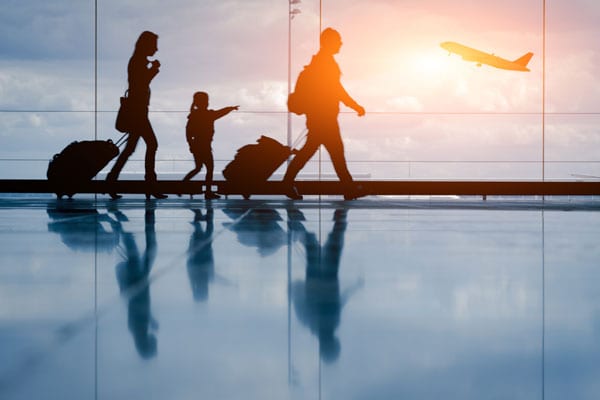Increasing ATF prices might trouble airline industry: ICRA
The domestic passenger traffic growth remained range-bound during the current fiscal as reflected in 16.2 per cent y-o-y growth during the five-month FY 2018. This is marginally higher than y-o-y traffic growth of 15.7 per cent for the month of August 2017 which in turn was slightly better as compared to the previous month. The performance is in line with ICRA estimates of 15-17 per cent growth for FY2018. The moderation in passenger traffic growth after two years of over 20 per cent growth is primarily on account of lower than expected capacity addition, airlines’ efforts to strengthen yields and high base.
Kinjal Shah, VP and co-head – corporate sector ratings, ICRA, said, “While on one hand, the passenger traffic growth is witnessing moderation on the back of increased efforts by airlines to strengthen the yields, on the other, the aviation turbine fuel (ATF) prices are on a sequential uptrend from August 2017 to October 2017. In such a scenario, the industry might need to relook at various strategies including pricing, discounting and cost efficiency measures. Though moderate capacity addition on the domestic routes in the current fiscal has supported the passenger load factors (PLFs) of the airlines, any acceleration in the capacity addition will intensify the competition, thereby putting pressure on profitability of the airlines.”
After remaining favourable till July 2017, the ATF prices witnessed an uptrend from August 2017 and reported sequential increase for the next three months. Though ICRA does not expect any sizeable impact on profitability of the airlines during Q2 FY2018, the Q3 FY2018 performance remains to be seen considering the quarter being important for airlines due to peak season.
As for industry capacity addition, it has remained moderate during five-month FY2018, primarily on account of below average capacity addition by the market leader, IndiGo. Apart from technical issues with new Airbus A320 neo aircraft and delays in deliveries of new aircraft, increased focus on international routes is also one of the key reasons for lower than expected domestic capacity deployment by IndiGo. The airline’s international capacity has grown at 71.6 per cent y-o-y during five-month FY2018, reflecting the increasing focus. Nevertheless, the domestic industry capacity addition in the near to medium term is likely to be healthy due to sizeable planned capacity addition by various airlines and start of regional operations by some of the leading airlines.
Indian airlines continued with their strong focus on international operations, the same is witnessed in 12.0 per cent y-o-y growth in capacity deployment and 15.9 per cent y-o-y growth in passenger traffic in August 2017. The Indian airlines continued to outperform the industry on international routes, which reported y-o-y growth of 10.2 per cent in August 2017. Thus, the market share of the Indian carriers on international routes increased further to 37.5 per cent in August 2017.

